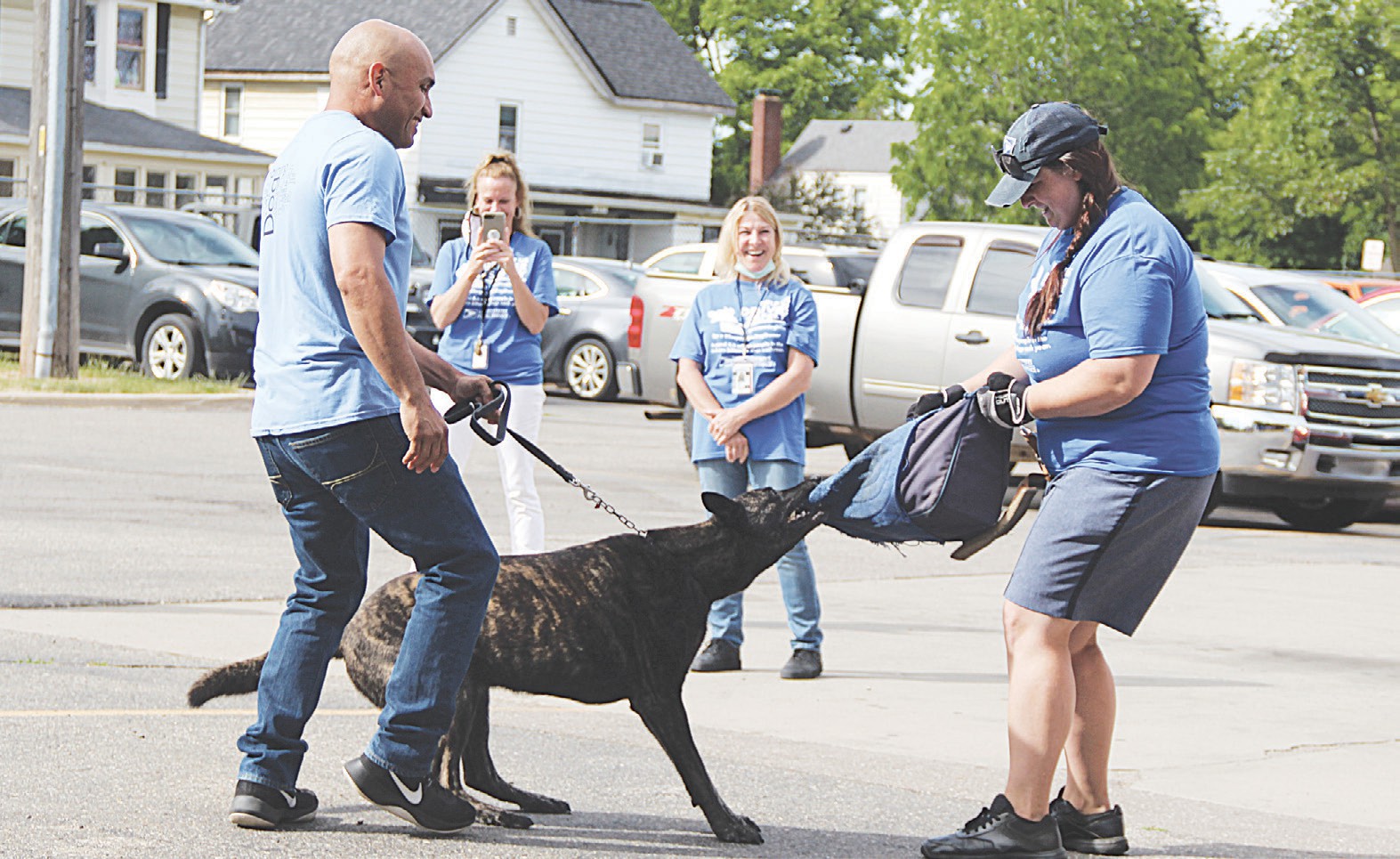Employee Dog Bite Prevention Ensuring Workplace Safety
In workplaces where dogs are present, ensuring employee safety is paramount. Dog bites can result in serious injuries and pose a significant risk to employees’ well-being. By understanding canine behavior, implementing proactive training measures, and establishing clear policies, employers can create a safe environment for both employees and their furry companions.
Understanding Canine Behavior
Recognizing signs of stress and aggression in dogs is essential for preventing dog bites and workplace incidents. Employees should be educated on canine body language cues, such as growling, bared teeth, and stiff body posture. Understanding how dogs communicate can help employees assess the situation and respond appropriately to prevent conflicts.
Training for Employees
Educating employees on safe interaction with dogs is crucial for preventing bites. Providing guidelines for approaching and handling dogs in the workplace can help reduce the risk of incidents. Employees should be taught to ask permission before petting unfamiliar dogs and to avoid behaviors that may provoke aggression.
Establishing Workplace Policies
Clear policies regarding dogs in the workplace help set expectations for employees and dog owners alike. Employers should outline rules for bringing dogs to work, including vaccination requirements, leash protocols, and behavior expectations. Additionally, establishing designated areas for dogs can help minimize disruptions and ensure employee safety.
Dog-Friendly Environment Design
Creating a dog-friendly workplace involves more than just allowing dogs on the premises. Employers should design spaces with dogs in mind, ensuring adequate confinement and supervision to prevent accidents and conflicts. Providing amenities such as water stations and designated rest areas for dogs can enhance their comfort and well-being.
Employee Education and Awareness
Regular training sessions on dog bite prevention are essential for maintaining a safe workplace. Employees should be informed about potential risks associated with dogs and taught how to respond in case of an incident. Providing resources such as informational materials and access to canine behavior experts can further support employee education efforts.
Promoting Responsible Dog Ownership
Encouraging responsible dog ownership is key to preventing workplace incidents. Employers should advocate for proper training and socialization of dogs brought into the workplace. Holding dog owners accountable for their pets’ behavior reinforces the importance of responsible pet ownership and helps maintain a safe work environment.
Risk Assessment and Management
Conducting a thorough risk assessment is essential for identifying potential hazards related to dogs in the workplace. Employers should evaluate factors such as dog temperament, employee interactions, and environmental conditions to develop effective risk management strategies. Implementing measures such as signage, barriers, and employee training can help mitigate risks and ensure employee safety.
Emergency Preparedness
Developing protocols for handling dog-related incidents is crucial for employee safety. Employers should establish procedures for responding to dog bites and other emergencies, including first aid protocols and evacuation plans. Training employees in emergency response procedures ensure they are prepared to act quickly and effectively in case of an incident.
Legal Considerations
Understanding liability issues related to dog bites is essential for protecting employees and employers alike. Employers should familiarize themselves with relevant laws and regulations governing dog ownership in the workplace and take steps to ensure compliance. Consulting with legal experts can help employers navigate complex legal issues and mitigate potential liabilities.
Employee Support and Counseling
Providing assistance to employees who have experienced dog-related incidents is essential for their well-being. Employers should offer counseling and support services to employees affected by dog bites or other traumatic events. Creating a supportive work environment helps employees recover from incidents and promotes overall workplace safety.
Monitoring and Evaluation
Regularly assessing the effectiveness of dog bite prevention measures is critical for maintaining workplace safety. Employers should track incident reports, employee feedback, and compliance with safety protocols to identify areas for improvement. Making adjustments based on evaluation results helps ensure that dog bite prevention efforts remain effective over time.
Community Engagement
Collaborating with local organizations and community groups can help employers promote dog bite prevention beyond the workplace. Participating in community events and outreach programs raises awareness of responsible dog ownership practices and fosters positive relationships between businesses and their communities.
Recognition and Incentives
Acknowledging employees who contribute to maintaining a safe workplace encourages adherence to dog safety protocols. Employers can recognize employees who demonstrate exemplary behavior around dogs or contribute ideas for improving workplace safety. Providing incentives such as rewards or recognition programs reinforces the importance of prioritizing employee well-being.
Conclusion
Employee dog bite prevention requires a multi-faceted approach that includes education, training, policy development, and ongoing evaluation. By prioritizing employee safety and implementing proactive measures, employers can create a safe and supportive work environment for employees and their canine companions.
1. Are dog bites common in the workplace?
Dog bites can occur in any environment where dogs are present, including the workplace. Employers should take proactive measures to prevent incidents and ensure employee safety.
2. How can employees reduce the risk of dog bites?
Employees can reduce the risk of dog bites by understanding canine behavior, following workplace policies, and avoiding behaviors that may provoke aggression.
To prevent your dogs from biting your belongings, consider implementing the following strategies:
- Provide Adequate Chew Toys: Dogs often chew out of boredom or to alleviate teething discomfort. Offer a variety of chew toys made specifically for dogs to redirect their chewing behavior away from your belongings.
- Supervise and Redirect: Keep a close eye on your dogs, especially during times when they are likely to chew, such as when they are energetic or exploring new environments. When you catch them in the act of chewing on something they shouldn’t, calmly redirect their attention to an appropriate chew toy.
- Use Deterrents: Apply bitter-tasting sprays or deterrents to items you want to protect from chewing. These products are safe for dogs but have a taste that most dogs find unpleasant, discouraging them from chewing on the treated objects.
- Provide Mental Stimulation: Engage your dogs in mentally stimulating activities, such as puzzle toys, interactive games, or training sessions. Mental stimulation helps alleviate boredom and reduces the likelihood of destructive chewing behavior.
- Exercise Regularly: Ensure your dogs receive plenty of physical exercise to help burn off excess energy and reduce stress. A tired dog is less likely to engage in destructive behaviors, including chewing on your belongings.



